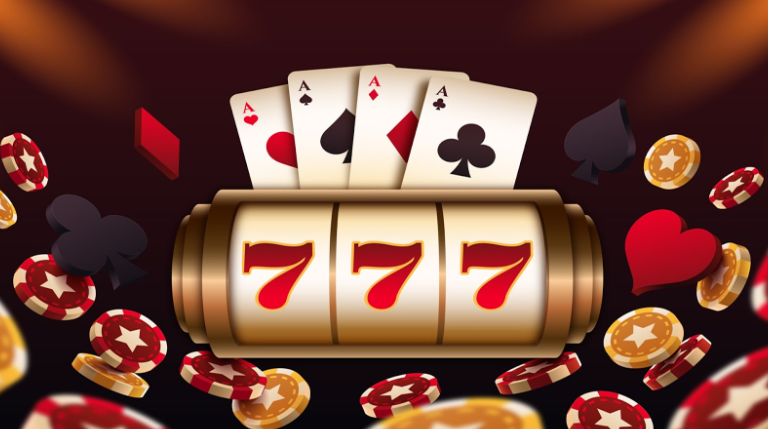
The Influence of Culture and Mythology on Slot Game Design
Online slot games have come a long way from the simple, mechanical fruit machines of the past. Today, they are immersive experiences, often incorporating intricate themes, detailed graphics, and compelling storylines. These elements not only add depth and excitement to the gaming experience but also resonate with players on a personal level, drawing them into a world that feels both familiar and fantastical.
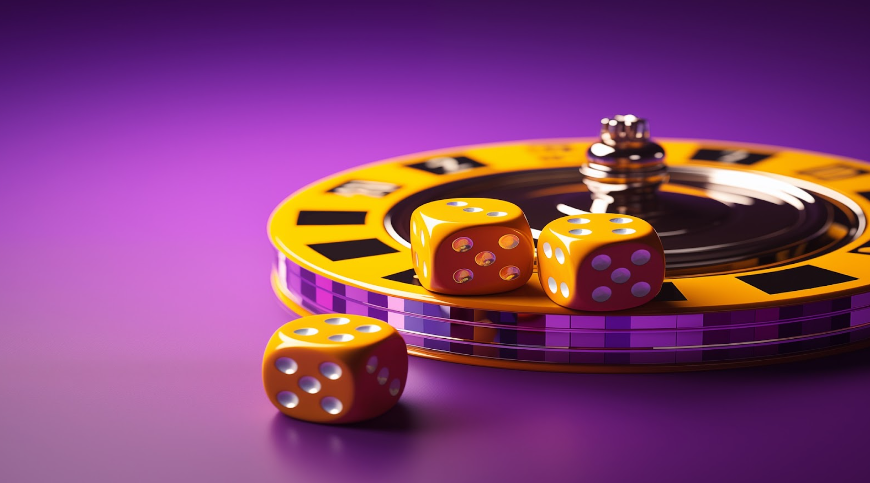
The Appeal of Cultural and Mythological Themes
Cultural and mythological themes in slot games appeal to players for several reasons. Firstly, these themes are inherently rich in narrative content, providing a solid foundation for engaging gameplay. Stories of gods, heroes, and mythical creatures are timeless and universal, appealing to players across different demographics. These narratives are deeply embedded in the human psyche, making them instantly recognizable and intriguing.

Ancient Civilizations: A Popular Choice
Ancient civilizations are a staple in slot game design, with themes ranging from the pyramids of Egypt to the temples of Greece and the warriors of Rome. These themes are popular not only because they are visually striking but also because they are steeped in history and mythology.
Egyptian Themes
Egyptian-themed slot games are among the most popular in the genre. The allure of ancient Egypt, with its pharaohs, pyramids, and treasures, is irresistible. Games like “Book of Ra,” and “Eye of Horus” draw on well-known symbols and stories from Egyptian mythology. The symbols used in these games, such as scarabs, ankhs, and hieroglyphs, add to the authenticity and appeal.
Greek and Roman Themes
Similarly, Greek and Roman themes are prevalent in slot game design. These civilizations are rich in mythology, with a pantheon of gods and heroes that provide ample material for storytelling. Games like “Age of the Gods,” “Zeus,” and “Spartacus” transport players to the world of ancient Greece and Rome, where they can engage with legendary figures like Hercules, Athena, and Julius Caesar.
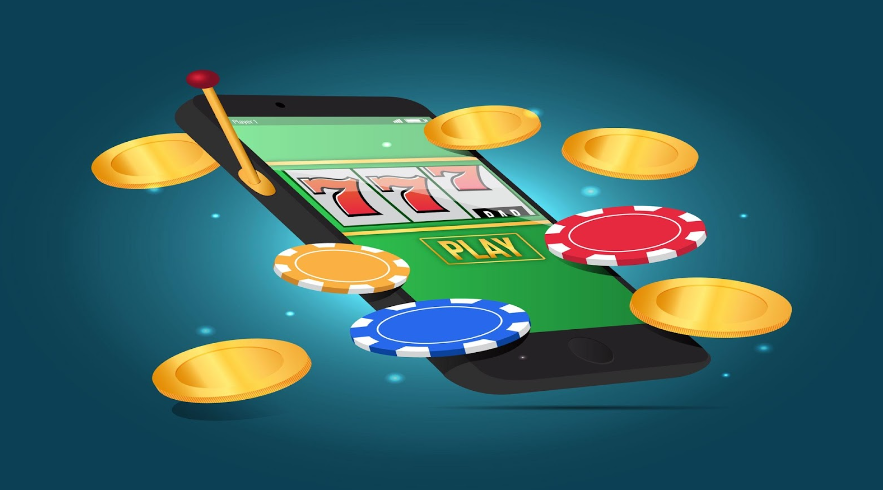
Norse Mythology: A Rising Star
In recent years, Norse mythology has gained popularity in slot game design. The tales of the Norse gods, with their epic battles and fantastical creatures, provide a rich tapestry for game developers to draw from. Games like “Vikings Go Berzerk,” “Thunderstruck,” and “Hall of Gods” capitalize on the popularity of Norse mythology, featuring characters like Thor, Odin, and Loki.
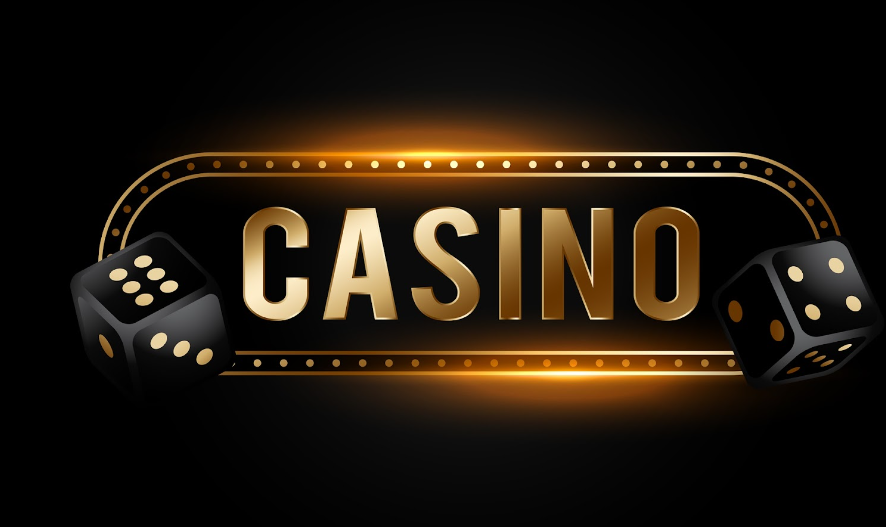
Asian Folklore and Mythology
Asian themes, particularly those inspired by Chinese and Japanese culture, are also prevalent in slot game design. These themes often incorporate elements of folklore, mythology, and traditional symbols, creating a visually rich and culturally resonant experience.
Chinese Themes
Chinese-themed slot games frequently draw on symbols of luck and prosperity, such as dragons, phoenixes, and koi fish. Games like “88 Fortunes,” “Dragon’s Luck,” and “Panda’s Fortune” incorporate these elements, creating an atmosphere of wealth and good fortune. The use of traditional Chinese colors, such as red and gold, further enhances the theme and appeals to players who associate these colors with luck and success.
Japanese Themes
Japanese-themed slot games often incorporate elements of folklore and traditional culture. Games like “Koi Princess,” “Geisha Wonders,” and “Sakura Fortune” feature symbols such as cherry blossoms, samurai, and mythical creatures like kitsune (fox spirits). These games transport players to the world of ancient Japan, offering a glimpse into its rich cultural heritage.
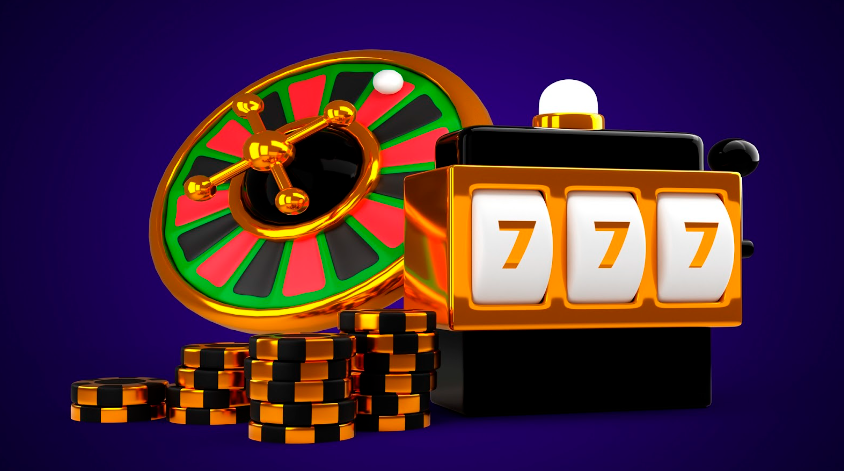
Incorporating Mythology into Gameplay
Mythology and culture can significantly influence slot game mechanics. Games may incorporate mythological quests or adventures, encouraging players to complete objectives, adding engagement and excitement. Mythological or cultural symbols often serve as special features like wilds, scatters, or bonus symbols, triggering bonuses or free spins.

The Role of Sound and Music
Sound and music play a crucial role in creating an immersive experience in culturally and mythologically themed slot games. Developers use traditional instruments, melodies, and sound effects to complement the visual elements and enhance the theme. For example, an Egyptian-themed game might feature haunting melodies played on ancient instruments, while a Norse-themed game might include the sound of thunder and the clash of swords.
Conclusion
The influence of culture and mythology in slot game design is undeniable. These themes provide a rich source of inspiration for developers, allowing them to create games that are visually stunning, narratively engaging, and culturally resonant. By drawing on familiar stories and symbols, these games captivate players’ imaginations and provide an immersive gaming experience that goes beyond mere spinning reels.



